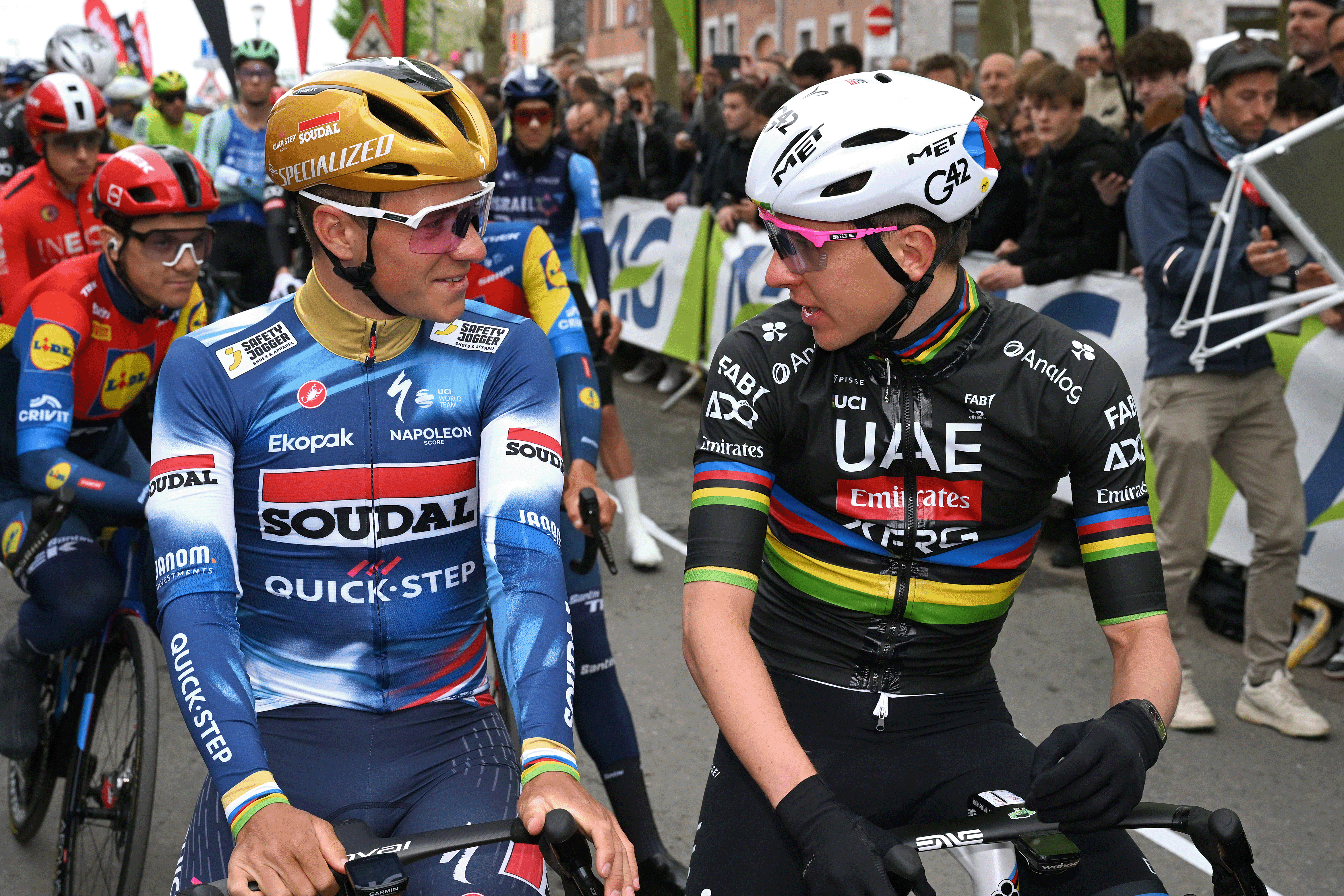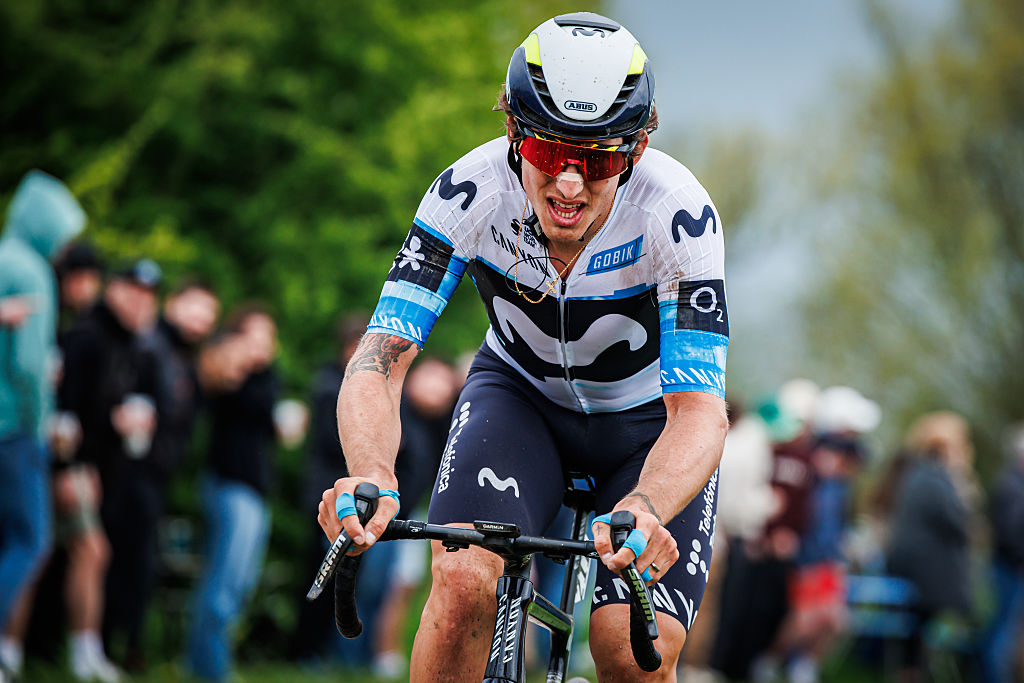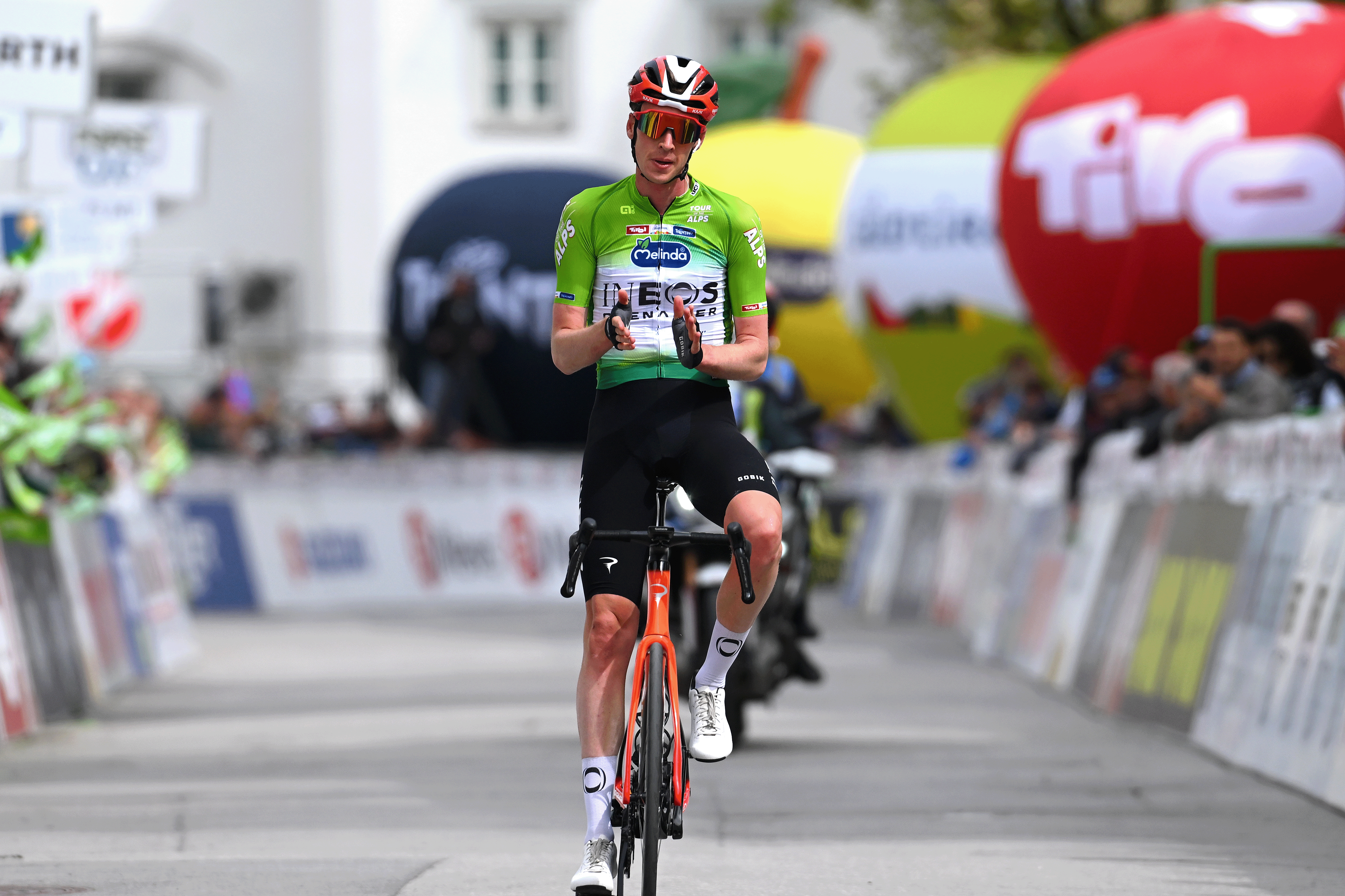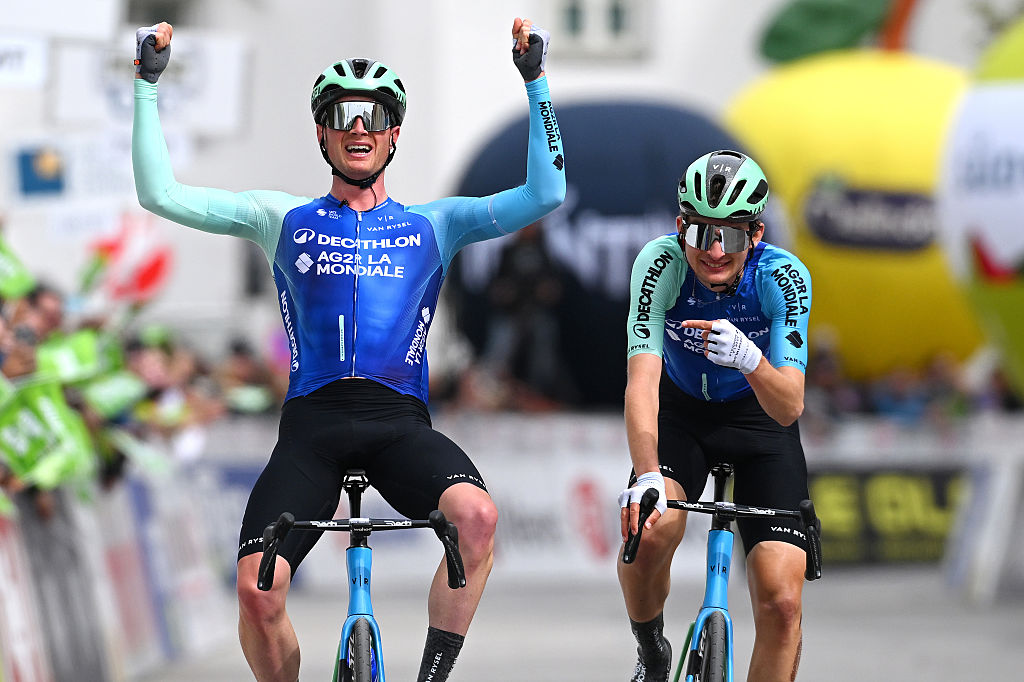An old classic in a new age: Milan-San Remo preview
Old rituals endure, but the Pogacar Era promises a fresh stamp
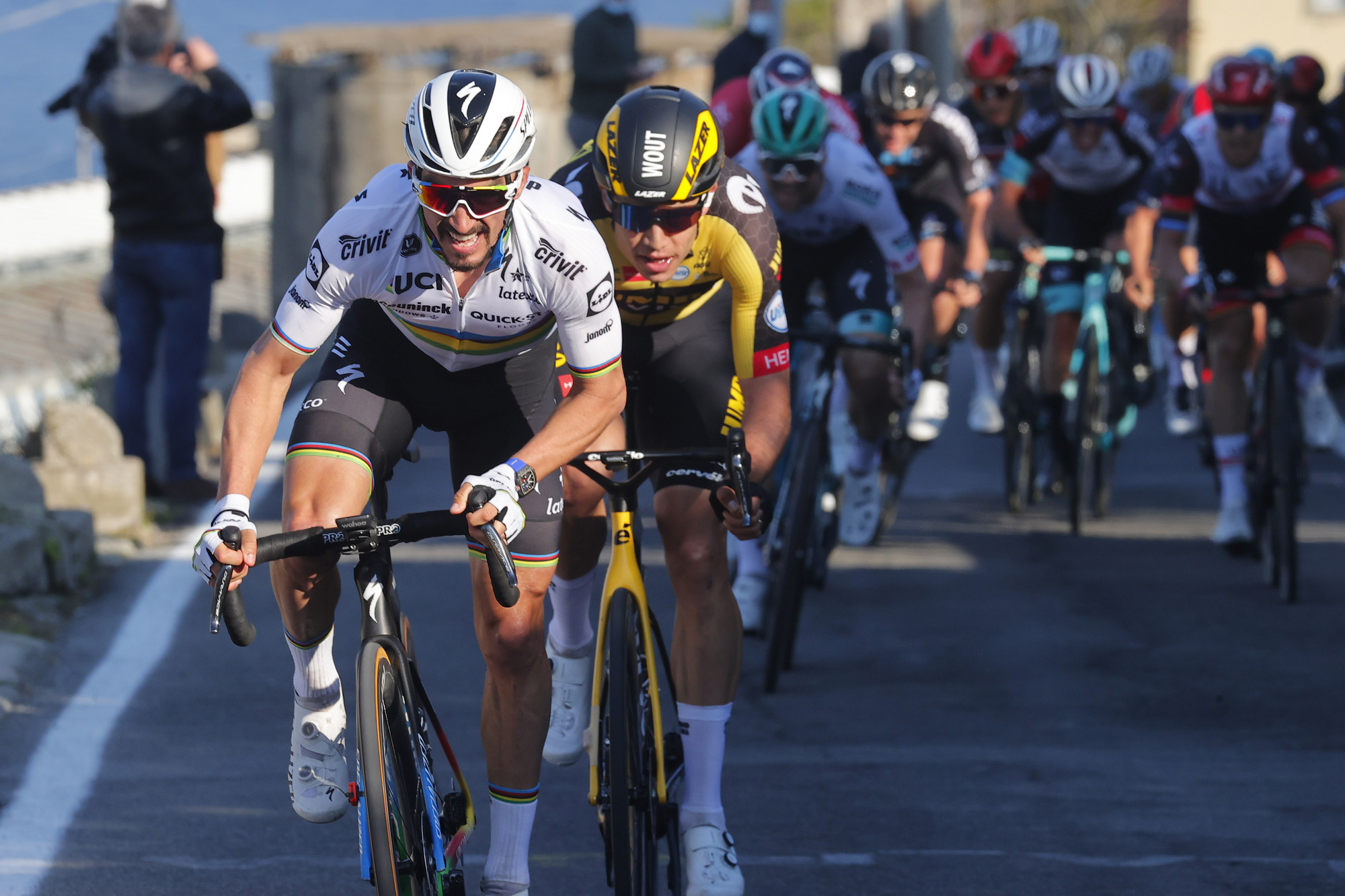
A recent survey conducted by L’Équipe suggested that Milan-San Remo was the least popular Monument among professional riders. The question was posed in the context of the debate over Strade Bianche's place in the hierarchy of one-day races, but the relative ambivalence towards Milan-San Remo was a striking outcome of the straw poll.
It’s true that if professional cycling were starting from scratch today, nobody would think to make an interminably long and largely flat race from Milan to the Riviera one of the cornerstones of the calendar, but therein lies a large part of its mystique.
There are no cobbles. There is no gravel. There are no gimmicks. There is nothing else quite like it. Milan-San Remo is cycling’s best anachronism.
Despite growing up in San Remo, Italo Calvino never showed much interest in cycling. He never joined the queue of Italian novelists who frequented the press room of the Giro d’Italia in the middle of the last century, tackling Coppi and Bartali as a subject in the same way that American writers would take on DiMaggio or Ali.
Even so, elements of ‘Why Read the Classics?’, his essay on the definition of literary classics, could be repurposed as arguments for the enduring relevance of his hometown race.
"Every re-reading of a classic is as much a voyage of discovery as the first reading,” Calvino wrote. Every March, the well-worn finale over the Cipressa and Poggio still constitutes the most suspense-filled 45 minutes of the season. The easiest Classic to finish is also the most complicated to win.
"Every reading of a classic is in fact a re-reading,” Calvino continued. By now, 115 years in, every attack at Milan-San Remo is a reworking of a move that has gone before. The 300-kilometre route over the Turchino and onto the rolling Via Aurelia is a palimpsest. From Girardengo to Coppi, from Merckx to Freire, the winners superimpose their own text over what has been written before.
Yes, a lot of the lines at Milan-San Remo are familiar. In some ways, it’s a ritual as much as a bike race. The early morning start in Milan is an annual roll call for the great and the good of the Italian cycling industry. The passage over the Turchino marks the symbolic transition from winter to spring. For 280km or more, there are few surprises. Its key moments are flagged more clearly than any other Classic.
And yet Milan-San Remo draws us in all the same. Each edition comes with the renewed promise of a late plot twist or a post-race polemic. Each generation offers a new interpretation of an old favourite. Or, as Calvino would have it, "A classic is a book that has never finished saying what it has to say."
Milan-San Remo in the Pogacar Era
The speculation in the build-up to this Milan-San Remo is that a generational talent might write a new chapter in its history.
Already a dominant winner of the UAE Tour and Strade Bianche, Tadej Pogačar (UAE Team Emirates) was relentless at Tirreno-Adriatico. As he soared clear on Monte Carpegna on Saturday, it was hard to shake the feeling that the beatings would continue until morale improves. Such is life in the Pogačar Era.
There is certainly no reason to believe that Pogačar is at Milan-San Remo simply as a courtesy to his bike sponsor, Colnago. Winner of the two Monuments he rode last season, Pogačar isn’t here to make up the numbers, although to triumph in San Remo, he will need to fashion the race to his liking rather than simply await an opportunity.
The trepidation in the gruppo is that UAE Team Emirates - which also includes Matteo Trentin - will make the race selective from distance, possibly laying the groundwork for an attack from as far out as the Cipressa, even though the winning move hasn’t gone clear there since Gabriele Colombo’s 1996 victory.
Then again, it’s already six years since a bunch sprint decided Milan-San Remo, and cycling, for better or for worse, has changed much even in that short time. On Saturday, Pogačar, the emblem of this new epoch, will be the man to follow. Few have managed that over the past 18 months or so.

The rider most equipped to match him is 2020 winner Wout van Aert (Jumbo-Visma), whose wide range of skills makes him a contender in every conceivable scenario. He maintains that his sprint was blunted by his heavy training load before Paris-Nice, but his form was sparkling on the final stage and, after almost 300 kilometres, freshness usually trumps outright speed on the Via Roma. He has Primož Roglič for company in the Jumbo-Visma line-up.
2019 winner Julian Alaphilippe (QuickStep-AlphaVinyl) was among the top contenders before unfortunately pulling out due to a bout of bronchitis on Wednesday. In-form sprinter Fabio Jakobsen takes his place in the team's line-up.
Despite winning last year, Jasper Stuyven (Trek-Segafredo) isn’t in the top tier of favourites, but he is strong enough to replicate his smart move of 12 months ago. The pity is that his on-form teammate Mads Pedersen has chosen to forgo La Primavera with an eye to the cobbled Classics.
Filippo Ganna (Ineos Grenadiers) shoulders home expectations, taking over from Vincenzo Nibali. If Ganna can survive the Poggio in the front group, then he will look to conjure up an attack after the descent in the manner of Fabian Cancellara in 2008. Easier said than done, of course. His teammate Tom Pidcock’s form is unclear after illness ruled him out of Strade Bianche.
Of the sprinters, Caleb Ewan (Lotto Soudal) looks the surest bet. He warmed up with stage victory at Tirreno-Adriatico and was hugely impressive on the Poggio last year before winning the bunch sprint for second place.
Past winners Arnaud Démare (Groupama-FDJ), John Degenkolb (DSM) and Alexander Kristoff (Intermarché-Wanty-Gobert), and other fast men such as Michael Matthews (BikeExchange-Jayco), Sam Bennett (Bora-Hansgrohe), Biniam Girmay (Intermarché-Wanty-Gobert) and Jasper Philipsen (Alpecin-Fenix) will, for a variety of reasons, line up more in hope than expectation.
Hope, too, is the byword for Peter Sagan (TotalEnergies), whose relationship with this race reflects its capricious nature. His speed, endurance and hill-climbing ability always seemed to make him the perfect prototype of a Milan-San Remo winner, yet victory has always escaped his grasp.
The bare results of his eleven participations – 17th, 4th, 2nd, 10th, 4th, 12th, 2nd, 6th, 4th, 4th, 4th – only hint at the litany of near misses, missteps and misfortune that he has experienced in San Remo. In perhaps six of those editions, Sagan was the strongest man in the field, but strength alone is never a guarantee in a race of this subtlety. Nowadays, that’s a thought to sustain him rather than to discourage him.
The route
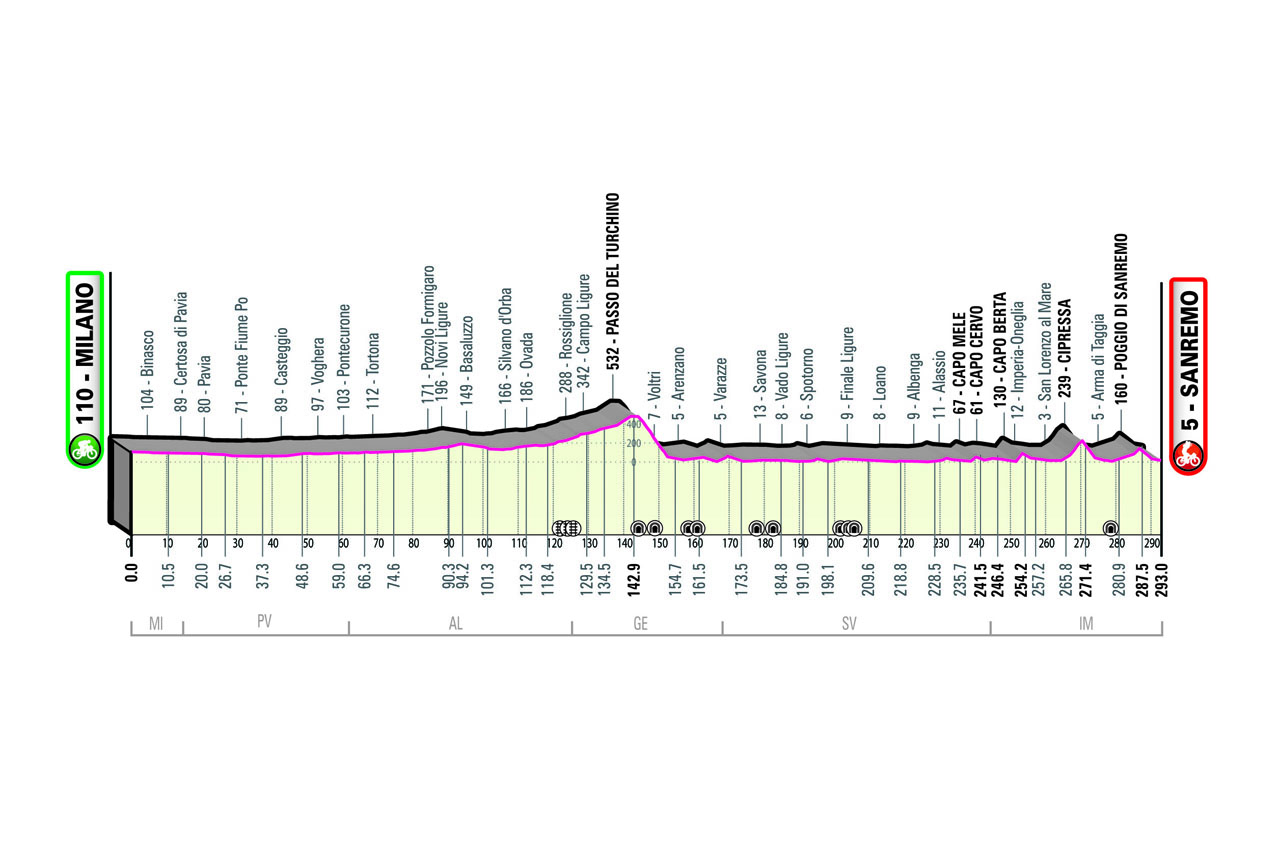
The cathedral of Italian cycling, the Vigorelli, hosts the start this year in Milan. The old track, 397 metres in length, is now a listed building rather than the site of Hour Record attempts, but it remains an evocative place. As per tradition, kilometre zero comes on Via Chiesa Rossa, from where the race is flagged away on the flatlands towards Pavia.
In the pandemic-delayed 2020 edition, the clash with holiday season saw the race follow a largely inland course through Piedmont, which led to arguably the most gripping finale since Sean Kelly’s duel with Moreno Argentin in 1992. Mauro Vegni was reportedly tempted to maintain that new format last year, but he ultimately opted for a return to the more traditional course, though a landslide meant that the Turchino was replaced by the Colle di Giovo.
For 2022, the Turchino is restored to the race at its midpoint. Fausto Coppi was the last rider to lead over the Turchino and win in San Remo in 1946, and it hasn’t been a springboard for the decisive move since Claudio Chiappucci’s improbable 1991 triumph, but it is an indelible part of Milan-San Remo and makes a most welcome return.
After the Turchino, the race descends to the Ligurian coast and then trips along the headlands of the Riviera del Ponente. Inside the final 50km, the capi – Mele, Cervo and Berta – serve as a prelude, the tension and the pace rising in step. The Cipressa (5.6km at 4.1 per cent) marks the first major selection before the grand finale over the Poggio.
The statistics (3.7km at 3.7 per cent) are underwhelming, but this hillock is transfigured into something more daunting by the distance of the race and the intensity of the finale. The Poggio’s gradient only briefly grazes 8 per cent, yet that ramp is just long enough to serve as a springboard for attackers near the summit.
From there, it’s a 5.45km run to the finish, half of those kilometres packed tightly into a sinuous descent. The final two kilometres onto the Via Roma are flat and frantic, and any mistake is terminal. The longest Classic usually boils down to a few split-second decisions. But then winning the great bike races has always been about the head as much as the legs.
Or, to give Calvino the final word: "A classic does not necessarily teach us anything we did not know before. In a classic we sometimes discover something we have always known."
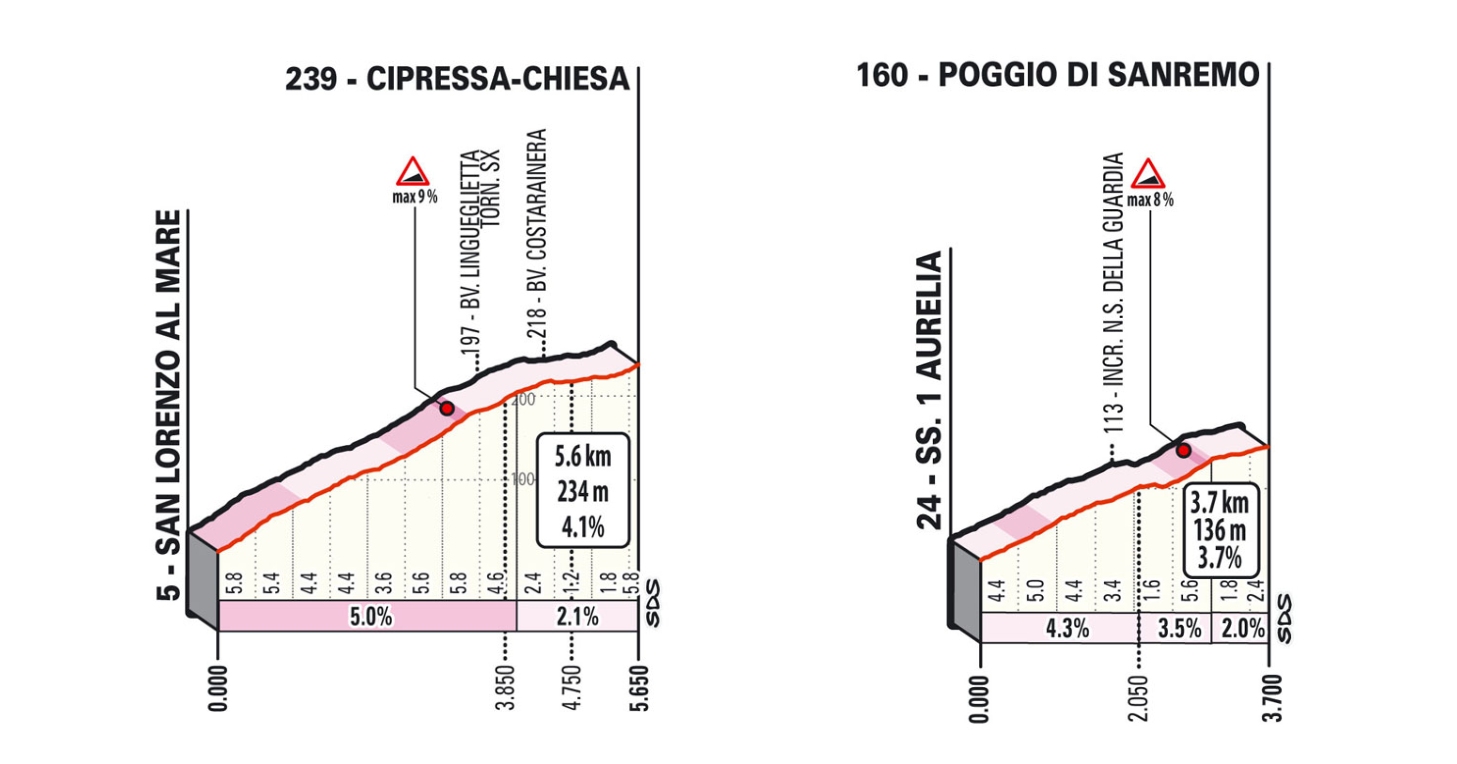
Get The Leadout Newsletter
The latest race content, interviews, features, reviews and expert buying guides, direct to your inbox!

Barry Ryan was Head of Features at Cyclingnews. He has covered professional cycling since 2010, reporting from the Tour de France, Giro d’Italia and events from Argentina to Japan. His writing has appeared in The Independent, Procycling and Cycling Plus. He is the author of The Ascent: Sean Kelly, Stephen Roche and the Rise of Irish Cycling’s Golden Generation, published by Gill Books.
Latest on Cyclingnews
-
'I didn't expect to be at this level already' – Remco Evenepoel still improving ahead of Liège-Bastogne-Liège clash with Tadej Pogačar
Olympic champion has surprised himself with such good shape after returning to racing from injury -
Vuelta Asturias: Ivan Garcia Cortina nabs breakaway win on stage 2
Movistar rider narrowly hangs onto victory ahead of chaser Julius Johansen in second, as Marc Soler finishes third and takes the overall lead -
'Really happy and proud' – No complaints for Thymen Arensman after losing Tour of the Alps lead on final day
Dutchman admits Michael Storer was 'on another level' as the Australian clawed back the overall win on stage 5 -
'Nico deserves it more' – Prodhomme wins final stage as teenage Paul Seixas becomes the revelation of the Tour of the Alps
French 18-year-old repays teammate with first pro victory as Decathlon AG2R La Mondiale go 1-2 in Lienz
